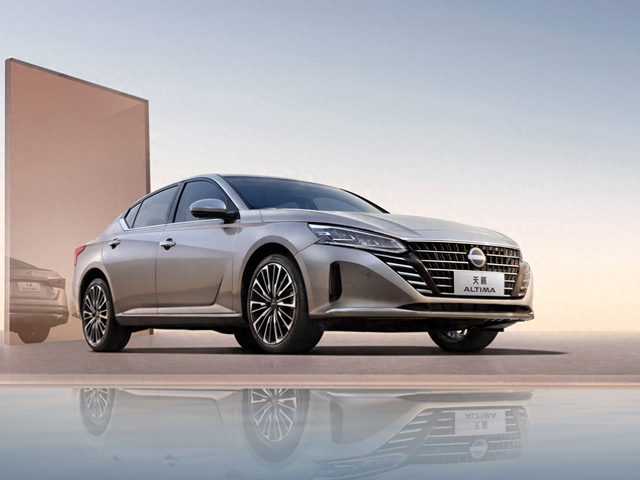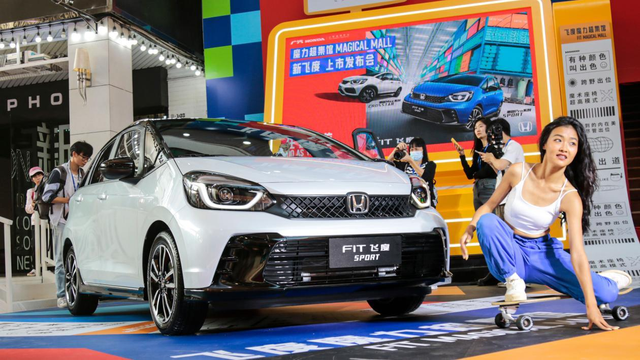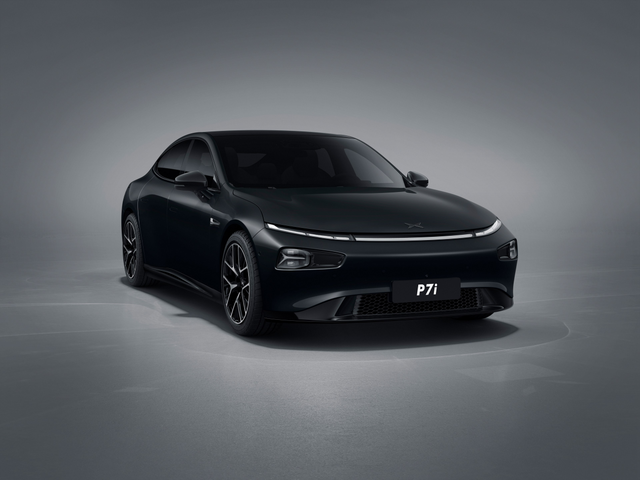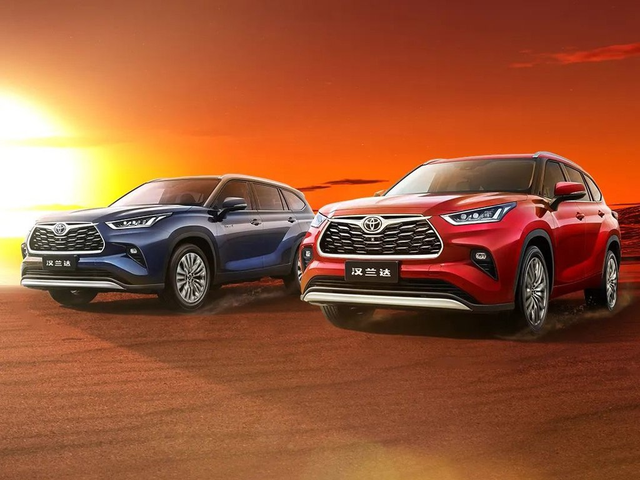Nissan Teana When did Teana become a luxury to break through ten thousand? Sales in March plummeted to just over 6,100 units, falling out of the once joint venture “Three Musketeers” with Camry, trailing behind Accord, even Accord’s sibling is now showing off, it’s really tragic.
Nissan Teana It’s not that the Teana has weakened, but that the competition is too strong. The new Teana has significant changes in appearance and interior, but it still uses the same 2.0L+CVT setup. Despite being durable, it lacks innovation. Coupled with unsatisfactory features, a decline in sales is inevitable. Honda Fit Has the once legendary car fallen? Is the Fit a good car? In the era of fuel-powered vehicles, it was indeed good – economical, practical, and retained value. Many called it the “grocery shopping car” and it easily exceeded sales of over ten thousand. However, with the arrival of the new energy era, the situation has changed. Sales in March were less than 2000 units, clearly falling from grace.
In the small car segment of 80,000 to 100,000 yuan (13810$), not only do we have strong competitors like BYD Dolphin, Seagull, and Wuling Bingguo PLUS, but even the Volkswagen ID.3 has dropped to below 100,000 yuan (13810$). With more energy efficiency and intelligent features, the Fit is still using old ideas. How can it compete? Xpeng P7 Got up early and arrived late Remember when the Xpeng P7 first launched, with its closed front face, sloping body, and continuous light strip, it was stunning. But now, the Xpeng P7 has fallen from grace, with monthly sales only a fraction of the Model 3. It’s really a pity.
On one hand, Xiaopeng P7, as the first new energy vehicle developed by an independent brand, did not keep up with the pace, taking 3 years to be replaced, falling behind other car companies. On the other hand, the latest Xiaopeng P7i, despite adding a smart driving system and a price tag of just over 200,000 yuan (27630$), faces tough competition from models like Galaxy E8, Jike 007, and the popular Xiaomi SU7. Xiaopeng P7’s advantages are now gone. Highlander Consumers won’t spoil the Highlander In terms of product strength, the Highlander had few competitors a few years ago, with seven seats, large space, high resale value, and being a Toyota product, it was even considered a “miracle car” that required additional fees for delivery at the time.
But the problem is that Toyota is too stubborn. The Highlander is expensive, starting at over 260,000 yuan (35920$). Even more expensive is the hybrid version, adding another 20,000 yuan (2760$). With purchase tax and insurance, it’s almost 300,000 yuan (41440$). The problem is, it’s already 2024, and for 300,000 yuan (41440$), the Highlander still only comes with fabric seats, no voice control, and even the base version has a plastic steering wheel, which is simply unacceptable. Now, for 300,000 yuan (41440$), consumers can choose the Ideal L7, with a refrigerator, sofa, and big screen TV, or they can choose the Wanjie M7, with Huawei’s intelligent driving assistance and smooth human-machine interaction. Consumers won’t spoil the Highlander. You can be arrogant, but I certainly won’t buy it. That’s why the Highlander’s sales have plummeted to just over 6,000. If there are no improvements, those 6,000 might disappear. Toyota bZ4X is really in a sorry state. It’s truly pitiful. The editor doesn’t quite understand why Toyota’s bZ4X, with monthly sales of only 2 units, is still struggling. Is this the car from the world’s number one Toyota? It can only be said that in the production of electric vehicles, Toyota, with its stubborn and conservative approach, has made almost no progress.
Toyota bZ4X’s failure was inevitable. As an all-electric car, it lacked range, intelligence, and impressive technology. With a price tag over 180,000 yuan (24870$), it was doomed to fail. Toyota should learn from bZ3 and switch to BYD’s batteries to boost sales.




